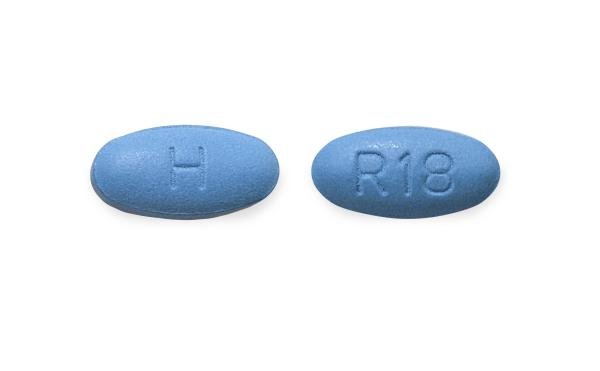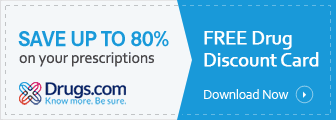Ranolazine Dosage
Medically reviewed by Drugs.com. Last updated on May 13, 2025.
Applies to the following strengths: 500 mg; 1000 mg
Usual Adult Dose for:
Additional dosage information:
Usual Adult Dose for Angina Pectoris
500 mg orally twice a day; increase to 1000 mg orally twice a day as needed
Maximum dose: 1000 mg orally twice a day
Use: Treatment of chronic angina
Renal Dose Adjustments
Dose adjustment(s) may be required; however, no specific guidelines have been suggested. Caution recommended.
If acute renal failure develops during therapy: Discontinue this drug
Liver Dose Adjustments
Liver cirrhosis: Contraindicated
Dose Adjustments
Concomitant use of moderate CYP450 3A4 inhibitors: Maximum dose: 500 mg orally twice a day
Concomitant use of strong CYP450 3A4 inhibitors: Contraindicated
Concomitant use of P-gp inhibitors: Titrate based on clinical response
Precautions
Safety and efficacy have not been established in patients younger than 18 years.
Consult WARNINGS section for additional precautions.
Dialysis
Data not available
Other Comments
Administration advice:
- Do not crush, break, or chew.
- If a dose is missed, take the next dose at the next scheduled time; do not double the next dose.
Monitoring:
- Renal: Serum creatinine and BUN after initiation and periodically thereafter in patients with moderate to severe renal impairment (CrCl less than 60 mL/min).
Patient advice:
- Inform patients that this drug is not used for acute angina episodes.
- Advise patients to report any new use of prescription or non-prescription products, including herbal remedies and nutritional supplements, to their physician and pharmacist.
- Advise patients to limit the use of grapefruit products when taking this drug.
- Inform patients that this drug may cause dizziness and lightheadedness. Patients should know how they react to this drug before engaging in activities requiring mental alertness or coordination.
- Advise patients to contact their physician if they experience fainting spells.
More about ranolazine
- Check interactions
- Compare alternatives
- Pricing & coupons
- Reviews (94)
- Drug images
- Side effects
- During pregnancy
- Drug class: antianginal agents
- En español
Patient resources
Other brands
Professional resources
Other brands
Related treatment guides
See also:
Further information
Always consult your healthcare provider to ensure the information displayed on this page applies to your personal circumstances.


